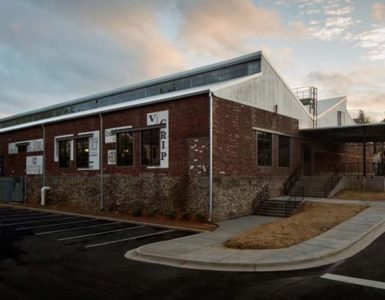With gray skies overhead, Clyde and I set out for our first unchaperoned trip on Australian highways. Clyde refuses to drive … not because he doesn’t want to, but because he thinks he’ll be a better passenger than I would be.
Our car, of course, has the steering wheel on the wrong side of the vehicle. I climb in, taking a moment to reorient myself. Left, I tell myself. Think left.
I back out of the parking lot as gingerly as a fourteen year old on his maiden behind-the-wheel voyage. The only really scary moment comes when it’s time to pull out of the resort’s parking lot and into highway traffic. Every instinct I have screams, “You’re on the wrong side of the road!”
In fact, even Clyde screams this … because, for a moment, I was on the wrong side of the road. I swerve quickly left, though, clearing the oncoming tour bus by a good three car lengths.
The first five minutes or so are a nightmare. Staying on the left takes my full attention. It’s harder than I thought it would be; I hadn’t realized just how much of what we do while driving is automatic. Here, though, all my reflexes — normally my best friends while handling an emergency — are deficits. My basic instincts work against me.
With time, everything becomes second nature. Today, in fact, I’m zipping down mountain roads at 80kph and around the round-abouts without hesitation. (Clyde made a face when I typed that part … apparently, from the comfort of the passenger seat, things look a bit different.)
In the end, the driver isn’t the only one, though, who has to adjust. This morning, as I pulled into the parking lot of the SkyRail cable car complex, Clyde reached down reflexively and yanked the gearshift into park.
I gave him a look. “Are you saying you’re ready to stop now?”
He frowned. “Ah. Um. Okay. For a second there, I thought I was the driver.”


Add comment